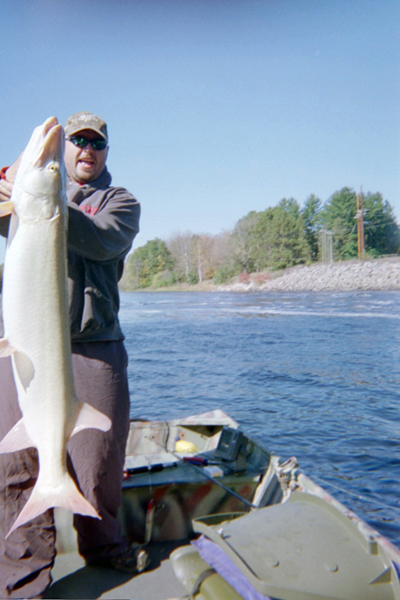
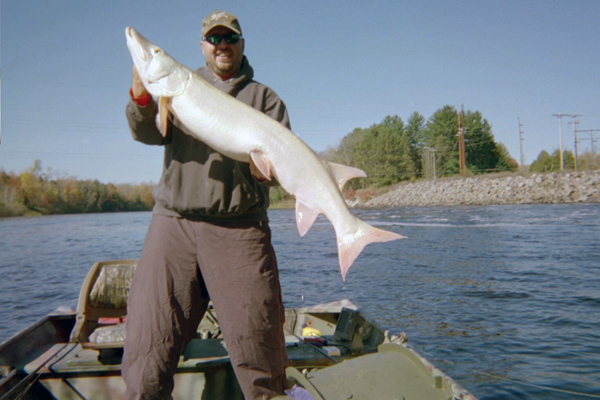
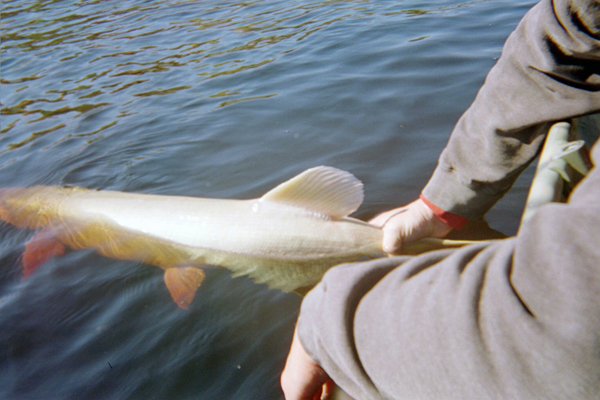
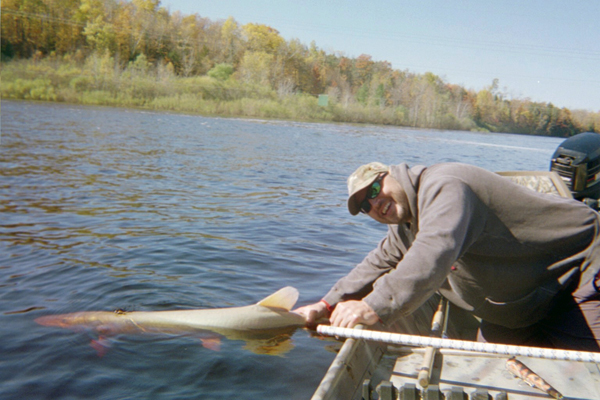

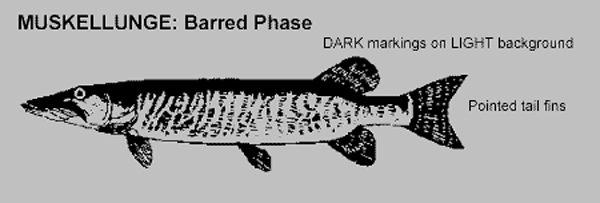
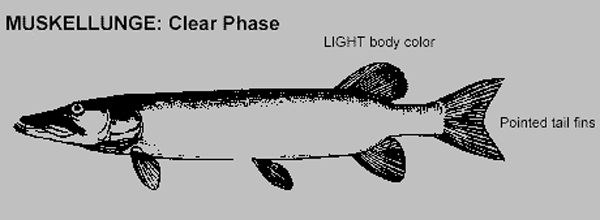
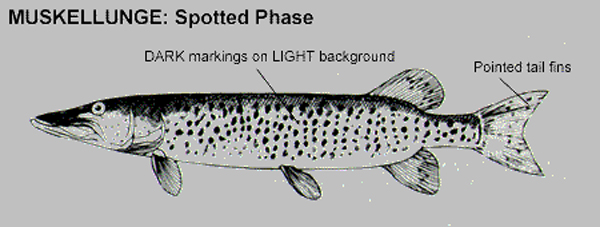
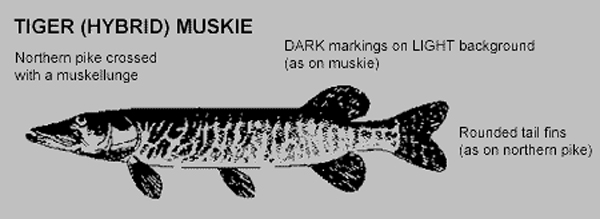
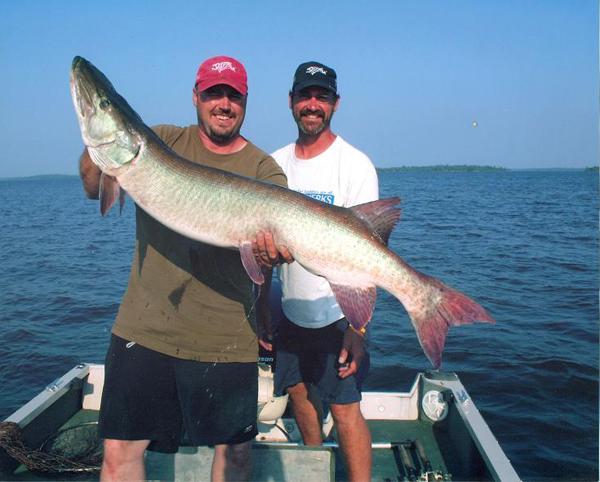
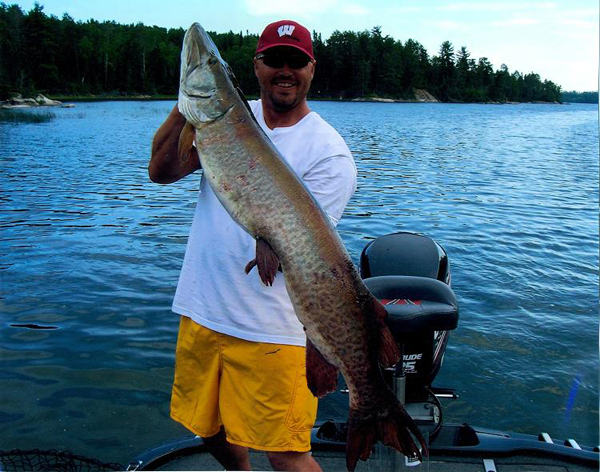
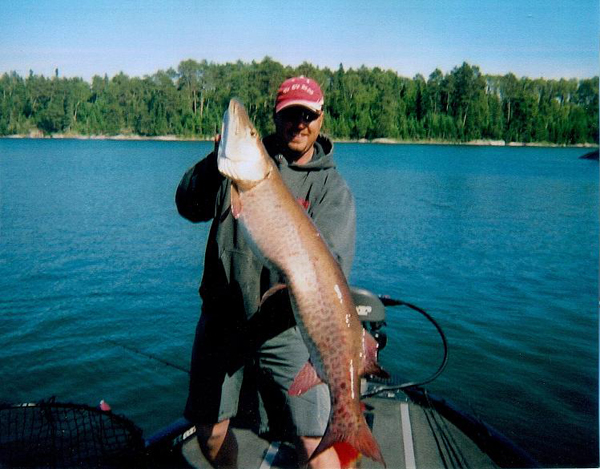
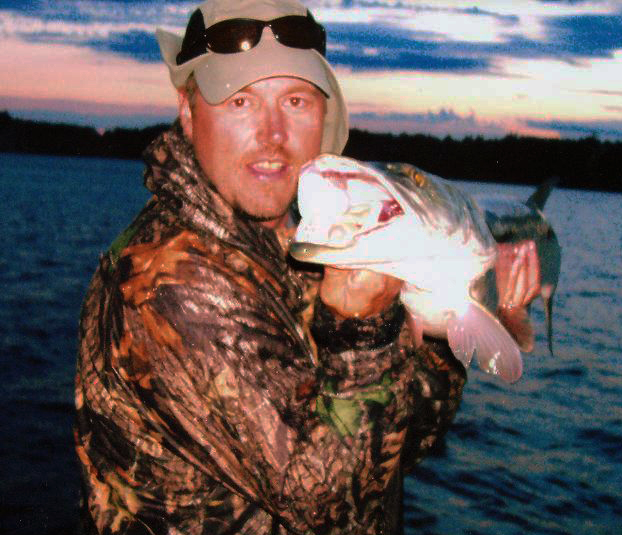
Paul Parise caught the fish of a lifetime earlier this month when he landed a 51-inch albino muskie near Ladysmith, Wisc. The fish is believed to be the world-record white muskie.

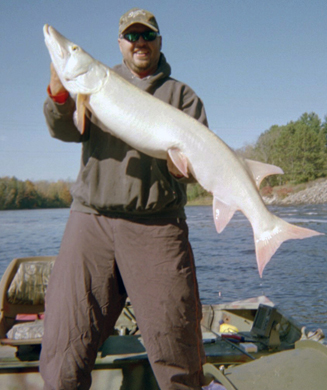
To fish with Paul Prasie at <strong>In the Net Guide Service</strong>, call him at 715-415-4970 or email him at ptparise@yahoo.com.













Paul Parise caught the fish of a lifetime earlier this month when he landed a 51-inch albino muskie near Ladysmith, Wisc. The fish is believed to be the world-record white muskie.